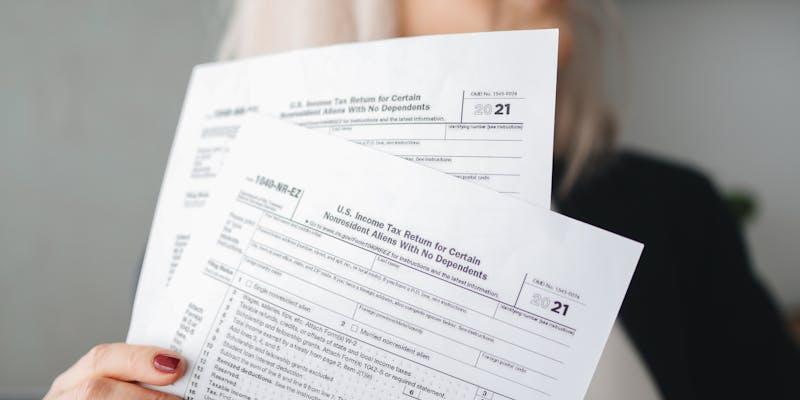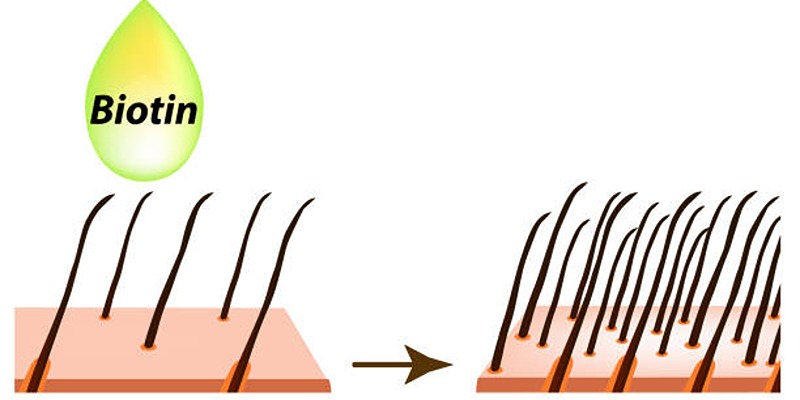You may be wondering how to reduce your small business tax liability. Two methods are tax deductions and small company tax credits. Deductions diminish taxable income, whereas credits reduce income tax liabilities by the same amount. Form 3800 instructions help you if you claim several small business tax credits. However, you must submit Form 3800 and your tax return to the IRS together.
Types of Tax Credits

The general credit forms include various credits. This tax credit package promotes R&D, forestry, oil recovery, and pension programs. First, claim the individual tax credits on the appropriate tax forms, then transfer the combined credit to the General Business Credit Form 3800 to compute the total allowed credit. Common business credits in 2024 include:
- Form 5884: Work opportunity credit
- Form 8941: Health insurance premium tax credits for small enterprises
- Form 8994: Paid family and medical leave employer credit
- Form 8586: Low-income household tax credit
- Form 8826: ADA access credit
- Form 8882: Employer-provided childcare and other services tax credit
- Form 8881: A tax credit for small business pension plan initial investment.
General Business Credit Form 3800
Businesses can use the General Business Credit (GBC) to combine multiple tax benefits. Businesses utilize Form 3800 instructions to consolidate credits that can dramatically lower their tax liability. These credits cover R&D, energy efficiency, and employment incentives.
The GBC simplifies tax filing by combining various credits into one reportable amount. Remember that the GBC is nonrefundable, and it might reduce a business's tax liability but not reimburse it. Unused GBC that exceed the business's tax liability cannot be carried forward or refunded.
3800 Form requires careful reporting of each GBC credit to ensure appropriate reporting and calculation. This comprehensive approach can help businesses optimize their tax benefits and lower their tax burden by handling and applying credits consistent with tax policies.
Who Must File IRS Form 3800?
If your small business qualifies for a standard business tax credit, you should go for the IRS 3800 Form. This form calculates enterprise tax credits for the 12 months and permits you to hold them over. The following credits require additional form 3800 filing:
- Investment credit form 3468
- Employee retention credit (Form 5884-A)
- Paid family and medical leave employer credit (Form 8994)
- Small company healthcare tax credit (Form 8941)
- Work opportunity credit form 5884
- Credit for biofuel production (Form 6478)
- Optional auto financing (Form 8910)
- Partnership benefits from electing (Form 1065-B, Schedule K-1)
- Tax credit for small business pension plan initial investment (Form 8881).
Instructions for Form 3800

Each tax credit has its tax form, and each credit form and IRS form 3800 must be filed. Always complete the source credit form for partnerships and S corporations. Pass-through credits received by S company partners or owners must be disclosed immediately on Form 3800 instructions. This tax form can be difficult for small business owners. Hence, you must move between form parts rather than fill them out sequentially. If you dont have the expertise, no need to worry. Small businesses can use Block Advisors tax experts. Other than that, here are the most important IRS Form 3800 instructions.
Step 1: Assess Your Tax Liability
Determine your typical tax liability before calculating your general corporate credit. Enter this total in Part II, Line 7, to determine your regular liability; you need your company's income and deductible expenses. Want to speed things up? Check the form for your businesss entity type for your typical tax liability. For further information, you should know that 1040 form is for individuals, Form 1120 is for C-companies and LLCs, and Form 1041 is for estates and trusts.
Step 2: Calculate Your AMT
General business credits cannot lower AMT. The AMT generally affects taxpayers whose income exceeds the exemption limit or comes from particular sources. Tax-free interest, ISOs, and certain real and personal property depreciation are examples. High-income earners must apply both conventional and AMT tax regulations to determine their tax burden on general credit forms. After utilizing both techniques to calculate taxes, pay the higher amount.
You must calculate your net income tax by adding your regular tax liability and AMT and your preliminary minimum tax by removing the foreign tax credit from AMT. You or your small business need to be taxed in both countries on the same income to qualify for the international tax credit. The second portion should include these numbers.
Step 3: Find Your GBC
After calculating your general AMT and tax liability, calculate the general credit forms. Your GBC cannot exceed your net income tax minus the larger of either:
- The base tax rate you propose
- 25% of your taxable income over $25,000 (for corporations).
- Net regular tax is regular tax minus nonrefundable credits.
- Interested in buying wholesaler
Step 4: Include Individual and Company Tax Credits
3800 Form requires you to include individual and company tax credits. Transferring all tax credits to Part IV is crucial. You must include the credit amount and EIN for pass-through organizations. You should also mention what credits you are claiming. For example, passive income, carryforward, or carryback. Follow this order to get general credit forms:
- Previous-year credits are applied first to this tax year.
- Total business credit this year
- Returns to the current year
After transferring each credit, subtract the GBC from your ultimate tax bill and submit it on 3800 Form Part II, Line 38.
Step 5: Get Paid for Future and Present Credits
You need to report carryforward and carryback credits on 3800 Form Part IV. You can use a carryforward or carryback to make up for a missed tax credit. Tax credits can be carried forward or backward.
According to the IRS, you can normally carry forward the general credit forms you used last year. Claiming a carryback credit usually requires changing your tax return for that year. General corporate credit usually has a 20-year carryover. Qualified plug-in vehicle credits are only carried forward. The credits can be carried over to future tax years until spent.







